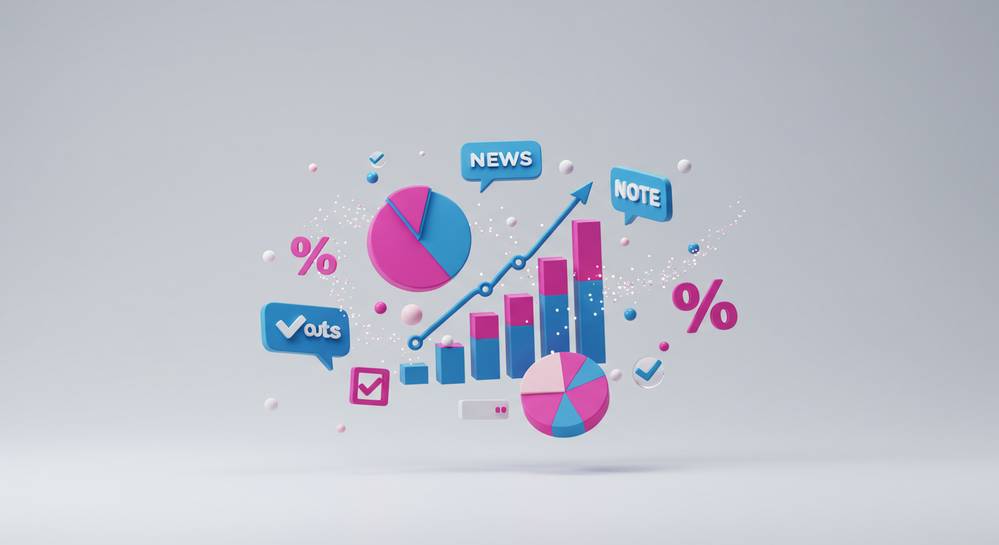In a world saturated with 24-hour news cycles and endless commentary, understanding the political landscape can feel overwhelming. The key to clarity is not consuming more news, but learning how to analyze it effectively. Strong political election news analysis skills empower you to see beyond the headlines, identify bias, and make truly informed decisions. This guide provides the framework and tools you need to become a more discerning news consumer.
What is political election news analysis
Simply reading or watching the news is not the same as analyzing it. Political election news analysis is the critical process of evaluating information about candidates, campaigns, and polling data to understand underlying strategies and potential outcomes. It moves beyond accepting headlines at face value. This skill involves questioning sources, interpreting data, and considering the broader context to separate factual reporting from strategic messaging. The goal is to identify the narrative being presented by a campaign or media outlet.
In today’s digital landscape, this discipline is more vital than ever. Information spreads instantly across platforms, often without rigorous fact-checking, making media literacy essential for every citizen. Understanding how to properly analyze election news is crucial in an environment increasingly shaped by algorithms and advanced technologies like artificial intelligence. This proactive approach helps you navigate the complex information ecosystem and make truly informed decisions.
This disciplined approach allows you to form a more accurate and nuanced understanding of the political landscape, empowering you to see the full picture rather than just the one being painted for you.
Key components of effective analysis

To effectively analyze election news, you must deconstruct it into several core components. Each piece provides a different lens through which to view the information, and combining them creates a comprehensive understanding. Paying close attention to these areas is fundamental to any credible political election news analysis. These key areas include data, source bias, and historical context, which work together to build a complete picture.
- Data and Polling: This is more than just looking at who is ahead. A critical analysis involves examining a poll’s methodology, sample size, and margin of error. Reputable pollsters like the Pew Research Center provide transparent data. Look for trends across multiple polls rather than focusing on a single outlier to gauge public sentiment accurately.
- Source and Bias Evaluation: Every news source has a perspective. Analyze the outlet’s history, funding, and editorial stance. Is it known for investigative journalism or partisan commentary? Cross-reference information with other sources from different parts of the political spectrum to get a more balanced view.
- Historical and Political Context: No election exists in a vacuum. Understanding the historical context of a region, the candidates voting records, and key issues from previous elections is vital. This context helps explain why certain messages resonate with voters and what strategies campaigns are likely to employ.
Navigating bias and misinformation

The modern media environment is saturated with information, making it a challenge to distinguish credible analysis from strategic messaging. Recognizing common pitfalls is the first step toward overcoming them. Two major hurdles in political election news analysis are cognitive biases and deliberate misinformation. Understanding how these forces shape the news you consume is essential for forming an accurate viewpoint and avoiding manipulation, especially with the rise of AI-driven content.
Media framing and narrative
Media framing is how a story is presented, including which details are emphasized and which are ignored. A story about an economic plan could be framed around its potential to create jobs or its impact on national debt. Being aware of the frame helps you see the underlying editorial choice. This allows you to seek out the information that might be missing from that particular narrative and question the intended message.
Confirmation bias
This is the natural human tendency to favor information that confirms our existing beliefs. When analyzing election news, it is crucial to actively challenge your own assumptions. Make a conscious effort to read and understand viewpoints from sources you may not typically agree with. This practice helps build a more robust and less biased understanding of the issues at hand, strengthening your overall analysis.
Practical steps to improve your skills

Improving your political election news analysis skills is an ongoing practice. Adopting consistent habits can significantly enhance your ability to cut through the noise and find clarity. Start by integrating these actionable steps into your regular media consumption routine.
- Diversify your news diet: Do not rely on a single source. Actively consume information from a wide range of outlets, including local, national, and international sources. This provides a holistic view and highlights differences in reporting.
- Follow reputable fact-checkers: Use non-partisan organizations like the Associated Press and Reuters. They provide detailed reports on the accuracy of claims made by candidates and media figures, offering a baseline for truth.
- Read beyond the headline: Headlines are designed for attention and often lack nuance. Always read the full article to understand the details, methodology, and context. Check if quotes and data support the headline’s claim.
- Focus on primary sources: Whenever possible, go directly to the source. Watch the full speech instead of a short clip, read proposed legislation instead of a summary, and look at raw polling data.
Mastering election news analysis transforms you from a passive consumer into an active, informed participant in the democratic process. It is a skill built on critical thinking, diverse sourcing, and a commitment to understanding context over headlines. This empowers you to make confident decisions based on evidence. For continuous insights and expert reporting, stay connected with Global Affairs News.
